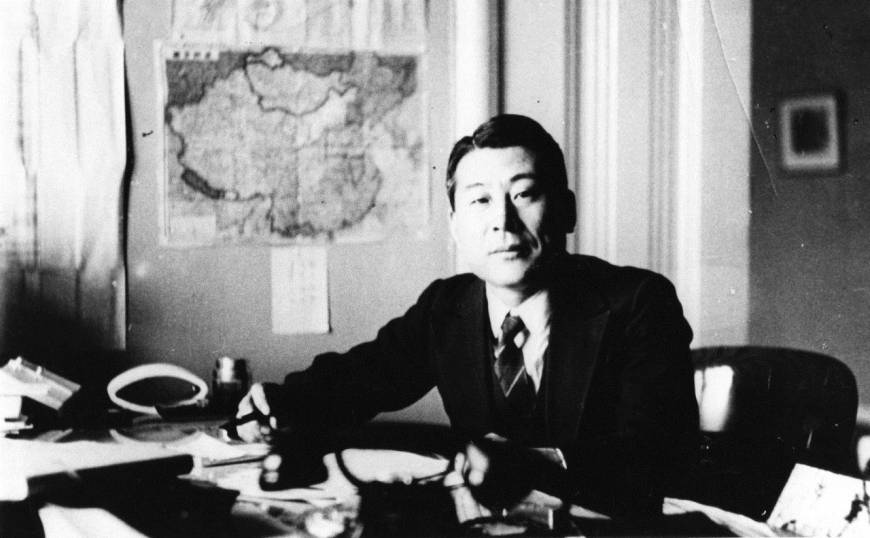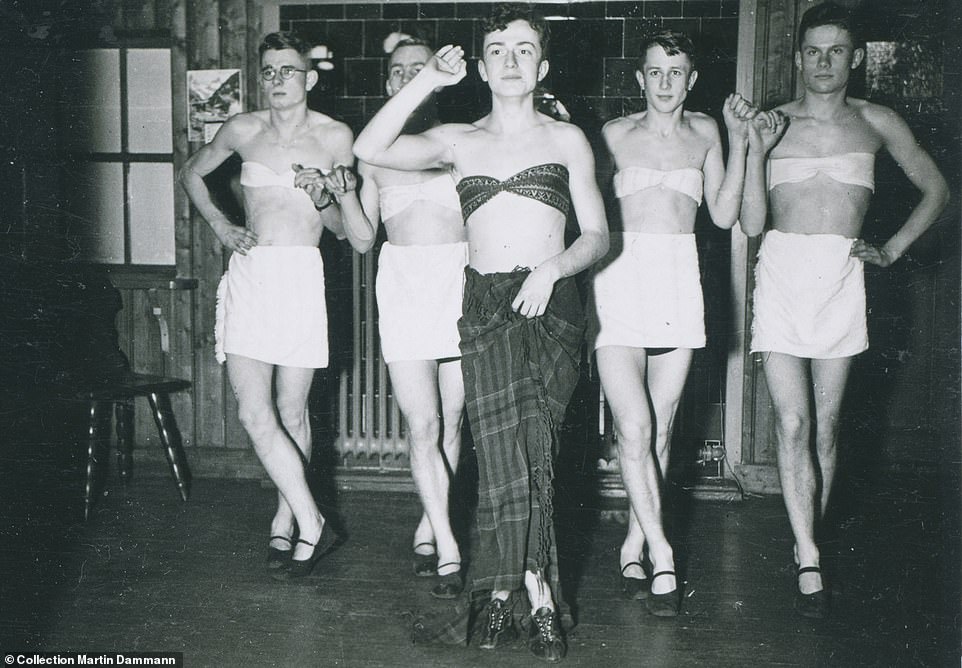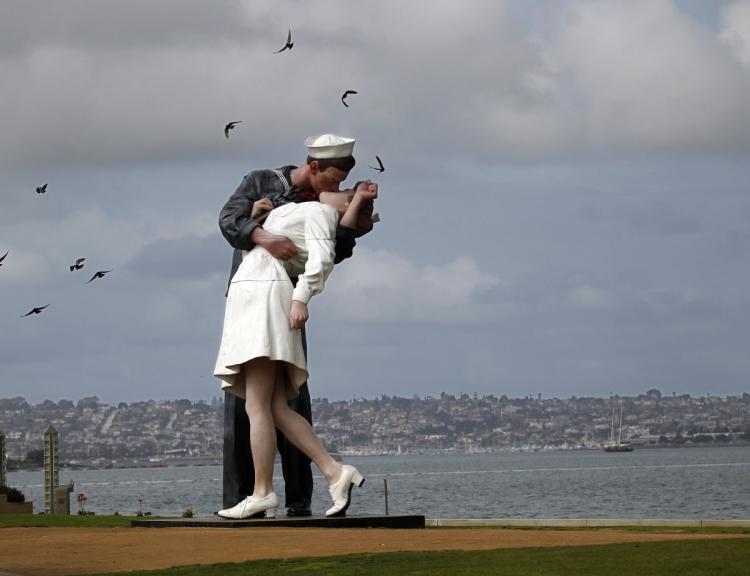
William Randolph Hearst, American politician and newspaper publisher, is known today largely for his influential landmark, the Hearst Castle. Hearst was able to massively popularize his news outlet using yellow journalism. This was essentially the predecessor of modern clickbait articles, as he would publish stories with little to no legitimate research that would catch the eye of the reader. He used this influence and large viewer base in order to provoke Americans to support the Spanish-American war by showcasing the atrocities that were happening in Cuba. This type of journalism paid off well for him both in finance and reputation which he used to jumpstart his career in politics. Using his success throughout his life, he decided to build a massive mansion for himself which we now know today as Hearst Castle. Besides the castle, people typically know of Hearst for his inspiration of the main character in Citizen Kane, Charles Foster Kane.
The movie Citizen Kane, directed by Orson Welles, was released in 1941, and told a story similar to the life of Hearst. The film is told in a retroactive perspective after Kane’s death, where he laid to rest in his mansion called Xanadu. Without going into too much detail about the film, there are a lot of extremely clear parallels that show that Kane is meant to represent Hearst. For one, the beginning scene of him dying is in a mansion similar to Hearst Castle. Kane was also in charge of a news outlet called the New York Inquirer, presumably named after Hearst’s New York Journal. Kane acted in very morally questionable ways throughout the movie in order to benefit himself, and it contributed to him being lonely towards the end of his life. There are parallels like this littered throughout the movie, so it’s clear the director wanted to make some sort of commentary or documentary on Hearst in making it.
Hearst had a lot of with this movie before its release. He did not want Welles to portray him in a shady manner when the connection would be inevitably made by the audience between him and Kane. The film unearthed to the public his plots to draft the US into war with Spain via his journalism, and his lust for power. Hearst was also known to have a fear of death, so the scene of Kane on his death bed at the beginning of the movie was also really bothersome to him. After its release, Hearst used everything within his power to draw the public away from the film. He had connections in Hollywood and made it unavailable in a lot of movie theaters, and also used his news publications to try and draw attention away from the film. Ultimately, his efforts failed and the public was soon completely enamored with the film, calling it one of the greatest films of all time.
Hearst’s behavior in response to the film only solidified the corrupt portrayal of him to the public even further. It raises the question of whether or not it is right to censor these kinds of films, regardless of how it may affect one’s public image. On one hand, Hearst definitely did not want people to think he was power hungry and corrupt, however, using the power he had to try and bury the movie only made him fill the part even more. This film ended up shaping the opinion of the public generations later on wealthy businessmen like Hearst. Where they might have been seen in a better light in Hearst’s day, modern businessmen are typically all seen as power hungry and corrupt like Charles Foster Kane.






